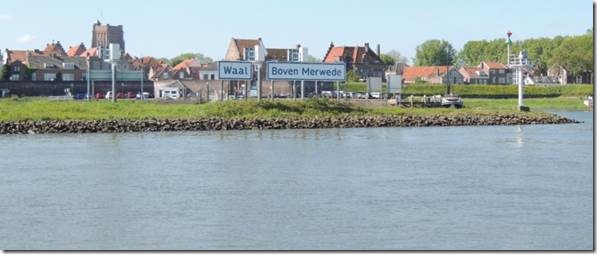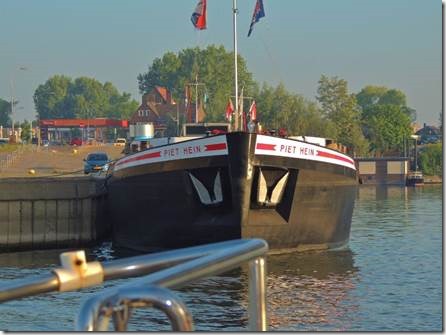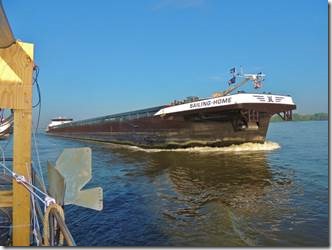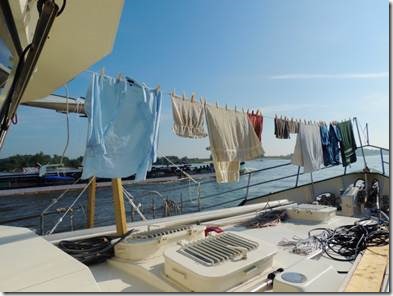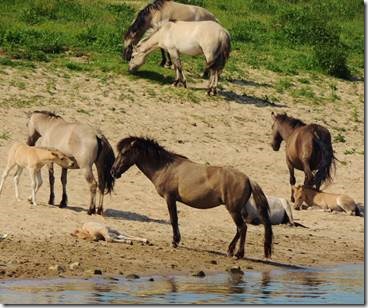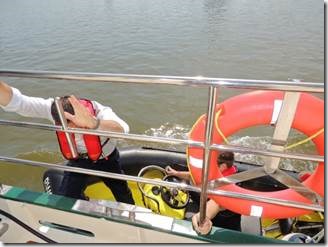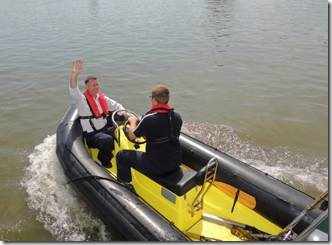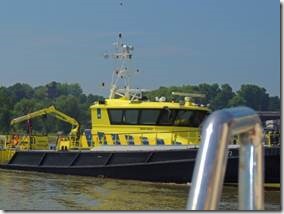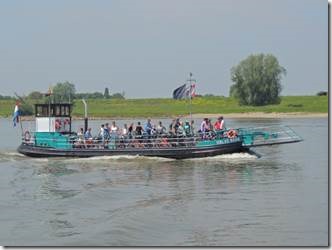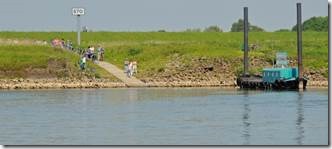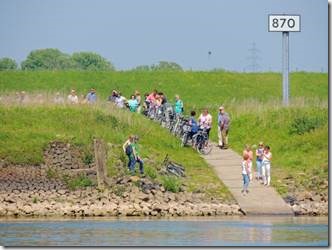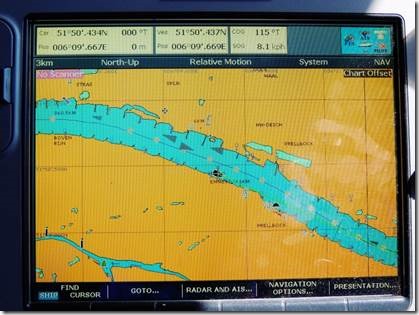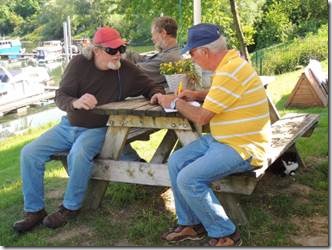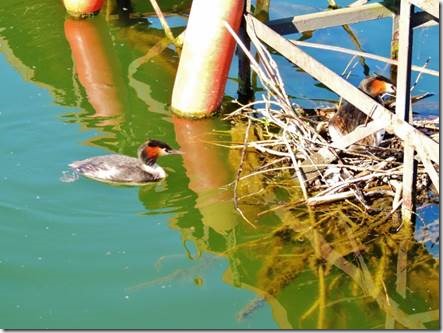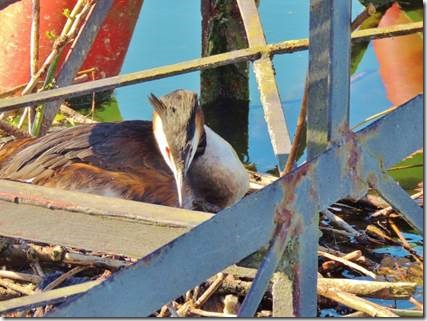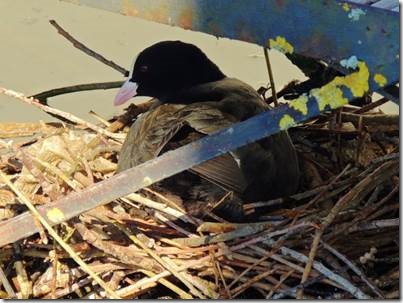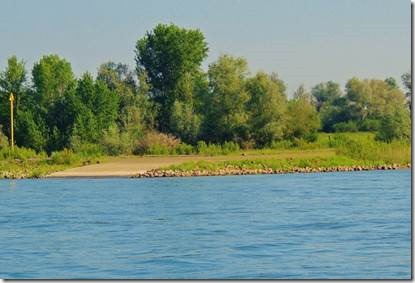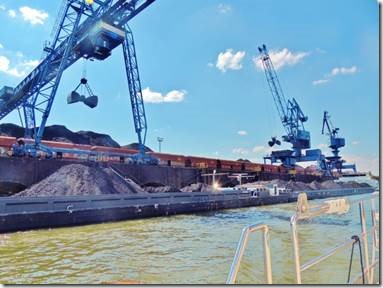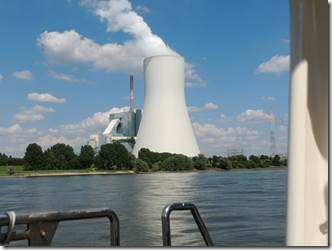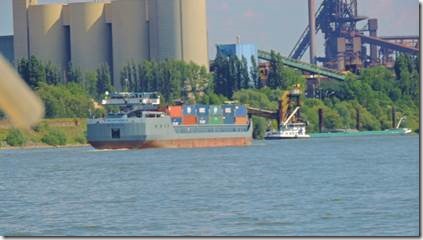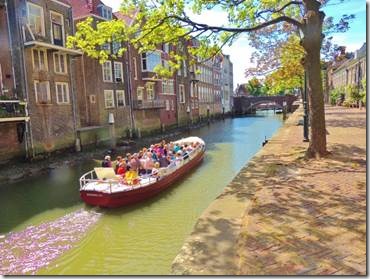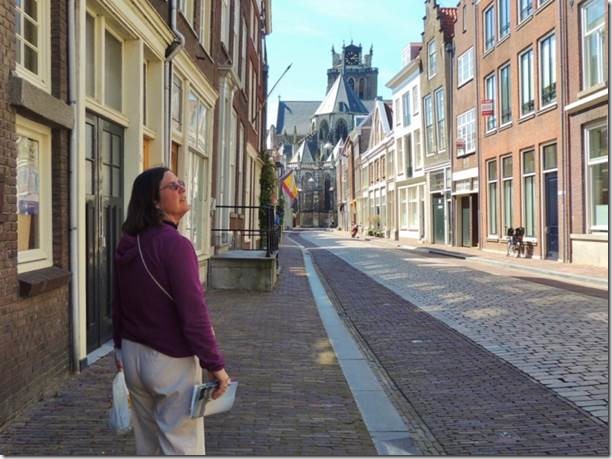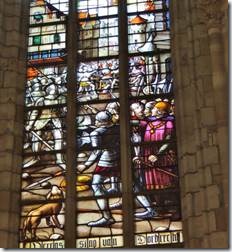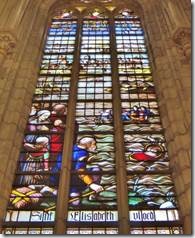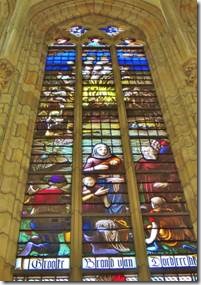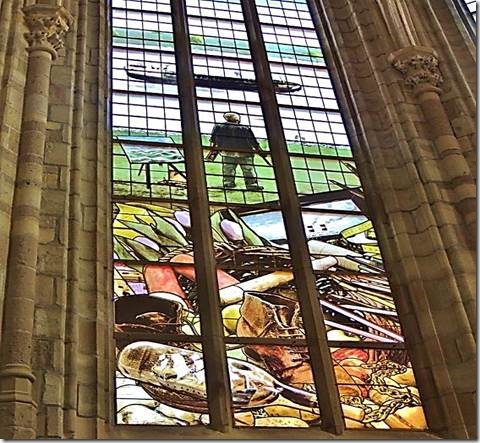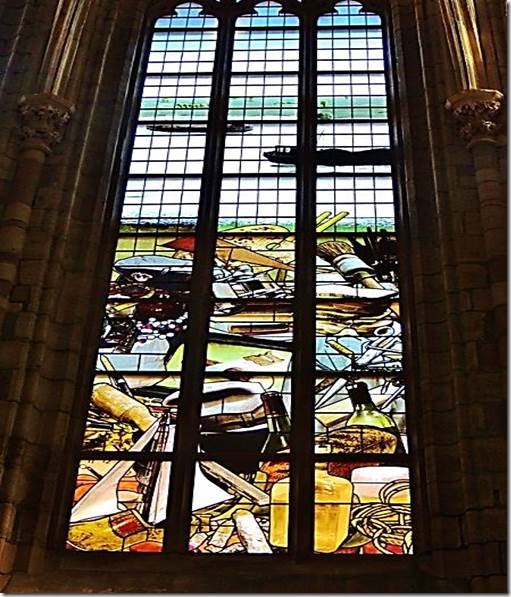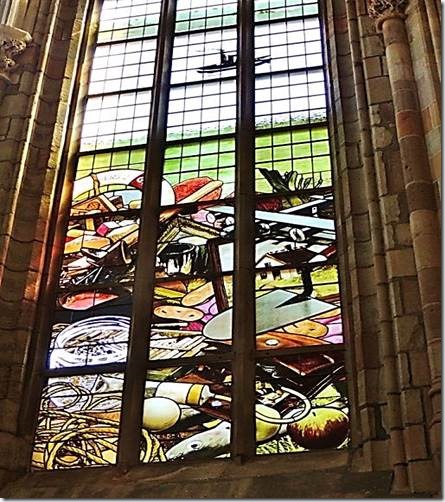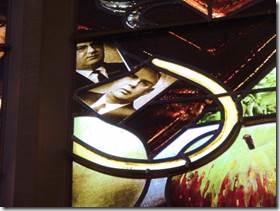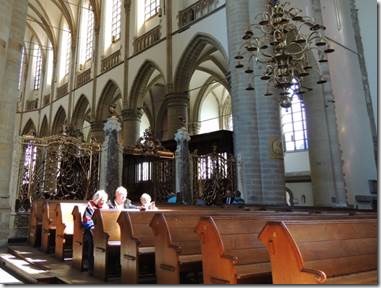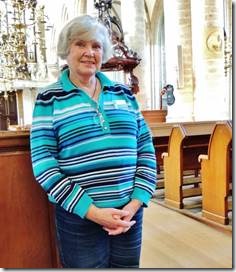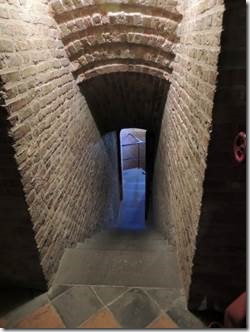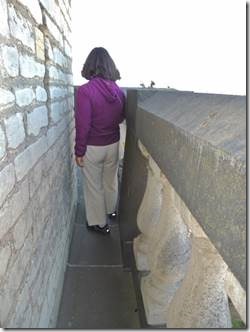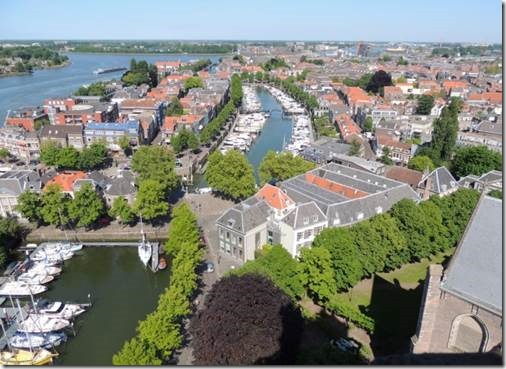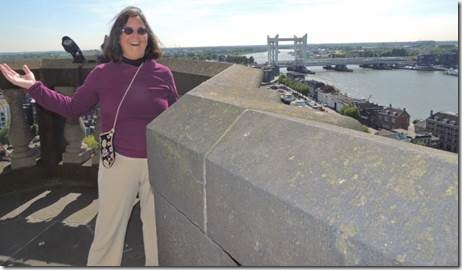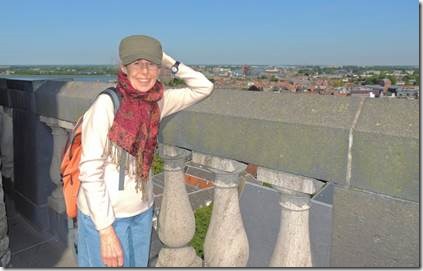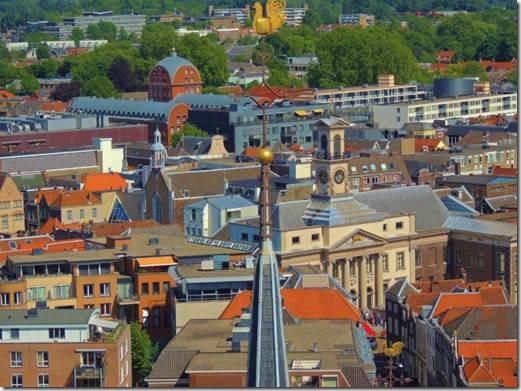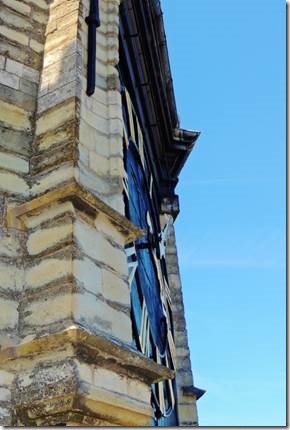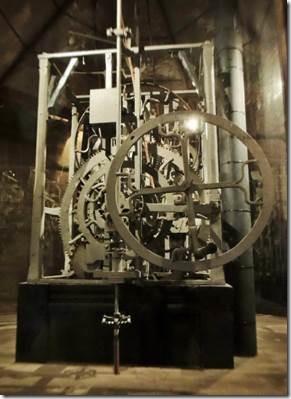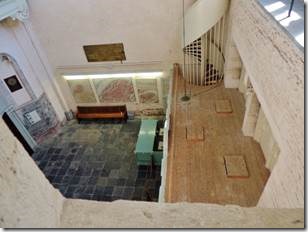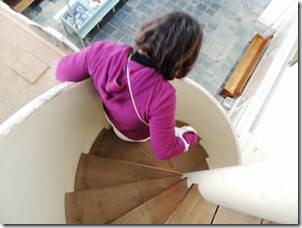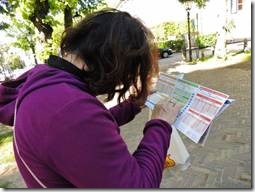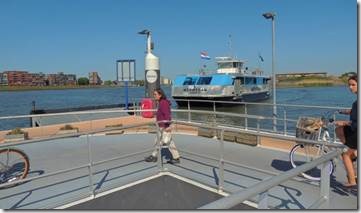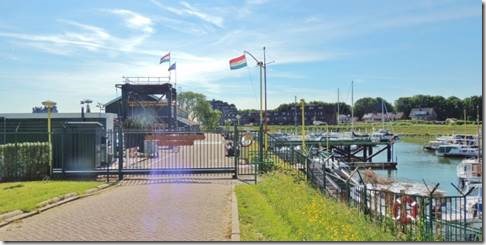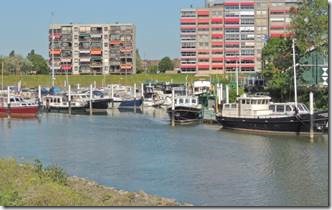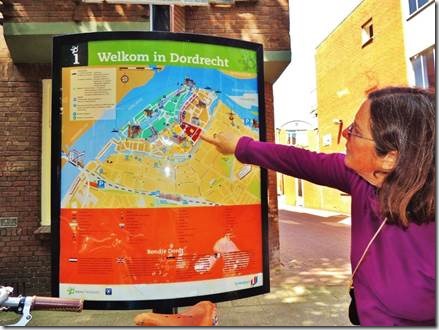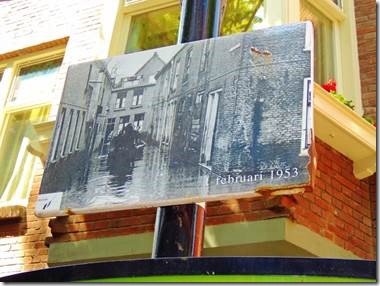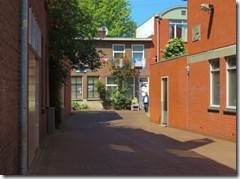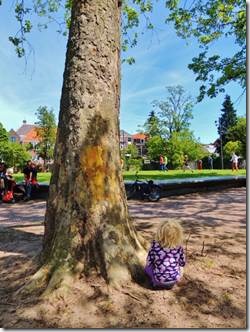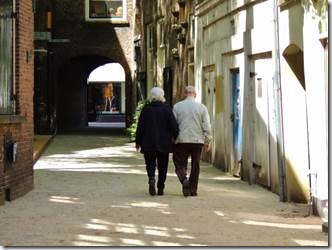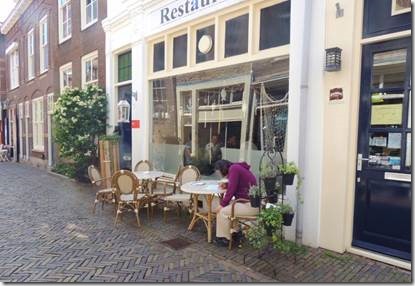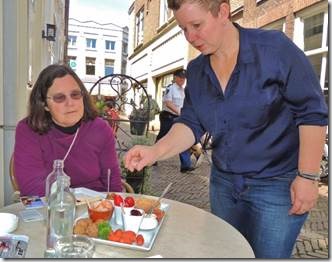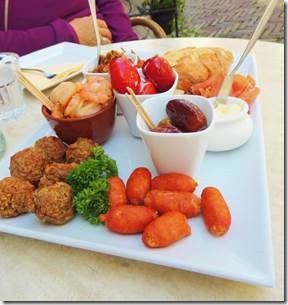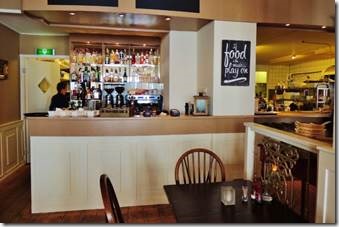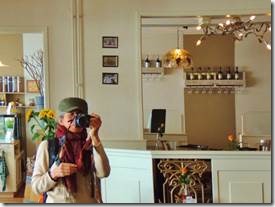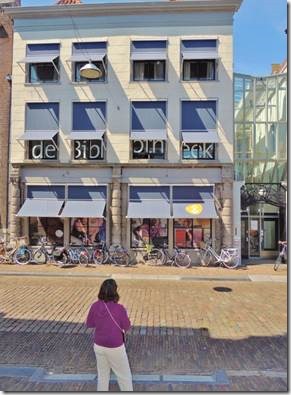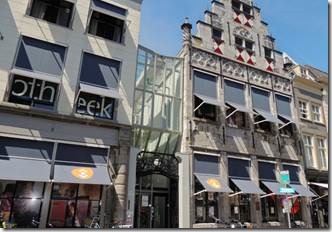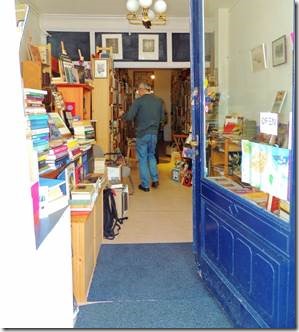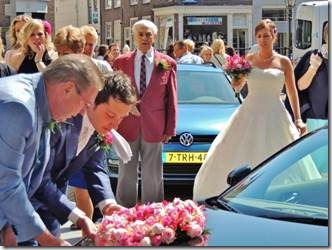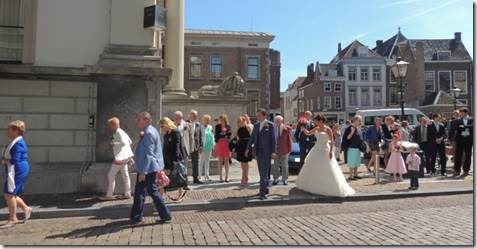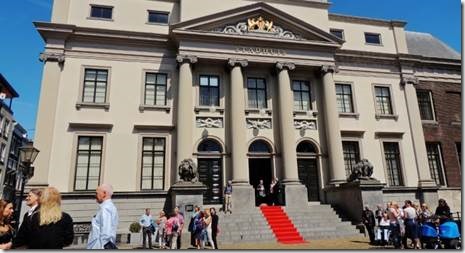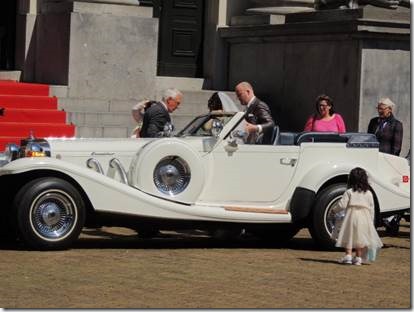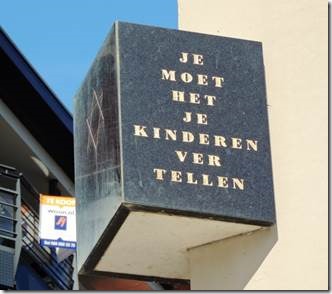Guten Tag,
Today we bought an internet dongle that works in Germany and supposedly all of the other countries in Europe. We’re amassing quite a collection of these dongles that are billed as working anywhere but then don’t or we’re promised that they won’t work anywhere else, which at least is honest. Though this marina has wifi, my Outlook email service wasn’t compatible with it so that also was extremely discouraging as I’ve a several emails already written ready to be sent. So here goes.
Ru
Dordrecht, or as the locals say, Dordt
http://www.vvvdordrecht.nl/en/home
Visited May 16th 2014
“Dordrecht is the oldest city in Holland and has a rich history and culture.
The name Dordrecht comes from Thuredriht (ca 1120.) The name seems to mean ‘thoroughfare’; a ship-canal or river through which ships were pulled by rope from one river to another, as here from the Dubbel to the Merwede, or vice versa. Earlier etymologists had assumed that the ‘drecht’ suffix came from Latin ‘trajectum’, a ford, but this was rejected in 1996. The Drecht is now supposed to have been derived from ‘draeg’, which means to pull, tow or drag. Inhabitants of Dordrecht are Dordtenaren (singular: Dordtenaar). Dordrecht is informally called Dordt by its inhabitants. In earlier centuries, Dordrecht was a major trade port, well known to British merchants, and was called Dordt in English.” Wikipedia
|
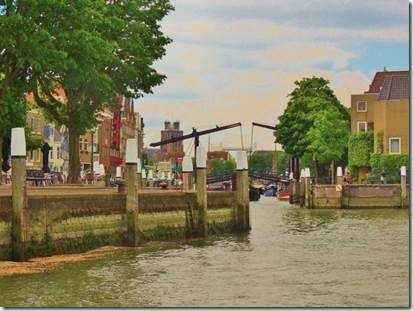
View of Dordrecht from DoraMac as we passed by on our way to Papendrecht across the river for a spot in the yacht club. To berth in Dordrecht you had to wait for bridges to open and we weren’t sure there was space enough for us. Mary and Rick had berthed at the Papendrecht Yacht Club and had great memories of the helpful harbour master there. We found a spot thanks to that same helpful harbour master and just took the waterferry over to Dordrecht.
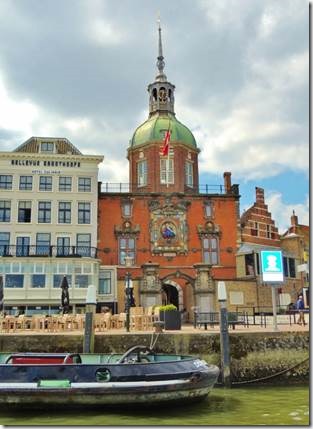
Groothoofdsport Gate
Dordrecht has haven (harbours) but no canals. The Voorstraatshaven forms the backbone of the old city. Graceful bridges connect the Voorstraat and the Wijnstraat, streets that lie on either side of the water. To effectively hadnle trade, the Nieuwe Haven 1410 and the Wolwevershaven 1609 were created, followed by the Maartensgat and the Kalkhaven. The unchanged attractive harbour quarters with its warehouses, merchants’ mansions, quays and – now-pleasure boats is found between Grote Kerk and Groothoofd.
|
|
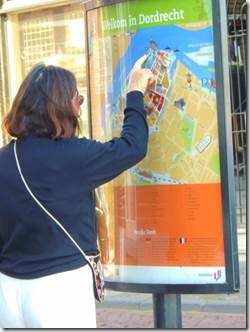 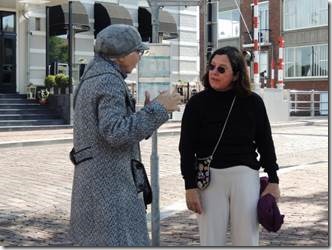
Sometimes the information maps were helpful and sometimes a little more information was needed.
|
|
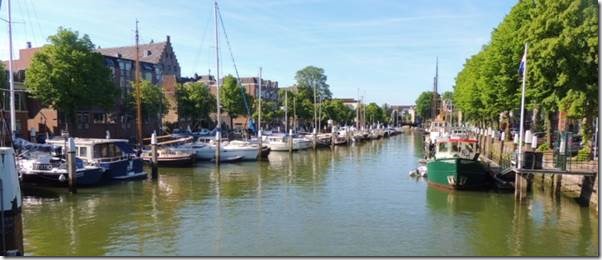
Boats moored along the Wunhaven waterways on our way to find the tourist office. DoraMac may have been larger than many of the boat we saw but her colors, green and white seemed to be quite popular in the Netherlands.
|
|
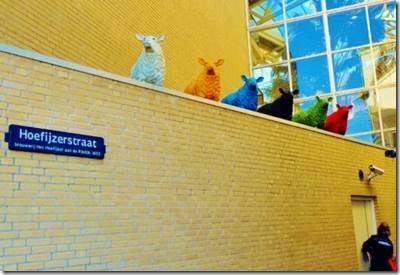
We saw these multicolored sheep but unfortunately not the monument described below. Wish we had!
“During Carnaval, Dordrecht is called Ooi- en Ramsgat (Ewe’s and Ram’s hole), and its inhabitants are Schapenkoppen (Sheepheads). This name originates from an old folk story. Import of meat or cattle was taxed in the 17th century. To avoid having to pay, two men dressed up a sheep they had bought outside the city walls, attempting to disguise it as a man. The sheep was discovered because it bleated as the three men (two men and one sheep) passed through the city wall gate. There is a special monument of a man and his son trying to hold a sheep disguised as a man between them, that refers to this legend. The logo of Dordrecht’s professional football club FC Dordrecht includes the head of a ram and its supporters are known to sing Wij zijn de Dordtse schapenkoppen (we are the Dorsts sheep heads) during matches. There is also a cookie called Schapenkop (sheep head) which is a specialty of Dordrecht.” Wikipedia
|
|
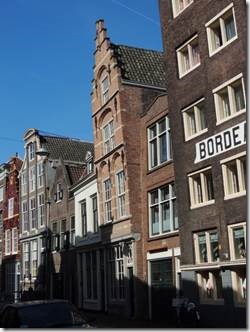 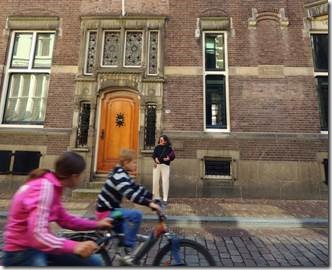
Tilted building for raising large items to top floors. ‘No problem, No problem.” I was taking a photo when a group on bikes cycled past. “Sorry Sorry” they said; “No problem,” I said so then they all kept saying ‘No Problem” No Problem.”
This building was the home of the Notary Willem Hendrik van Bilderbeek who funded the Dordrecht Museum. If he charged what our Ipswich notary charged I can see how he could afford to fund a museum. Sadly there was a special exhibit at the museum (not something of interest to us) that raised the ticket price from 3 Euro to 14 Euro, about $18 US. We didn’t have enough time to justify the $18 ticket. However the entire collection catalogue in English is online with photos of the paintings. Not the same but it will have to do.
|
|
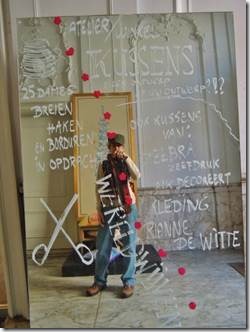 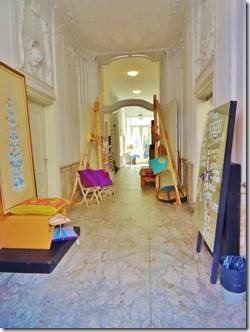
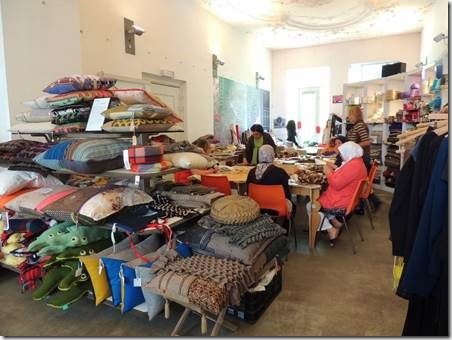
I really wanted the stuffed elephant shaped pillow of the softest boiled wool and had we been just starting our boating life rather than thinking of how to get stuff off the boat and back to VA, I might have just splurged on it. This seemed to be a mulit-national women’s cooperative. I wish I had the nerve to really interview people. Not sure why I didn’t except they seemed quite busy and we just sort of invaded their working space.
|
|
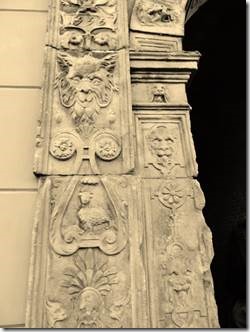 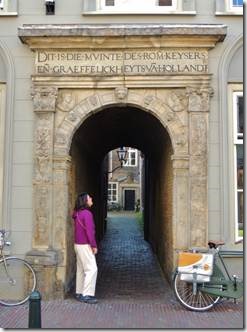
Mary guessed that this was the original Dutch Mint. Once used as a music school, it’s not studio space for artists until the building owners find more lucrative ways to make money from it we were told by one of the artists just arriving on her bicycle.
“Munt van Hollant : The sandstone gate from 1555 on the Voorstraat gives access to the Muntgebouw [The Mint] where from 1367 up to its closure in 1806 the coins for Holland and Zeeland were minted. The Holland coat of arms hangs above the entrance of the main building.” VVV Tourist Guide
|
|
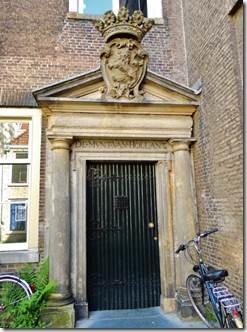 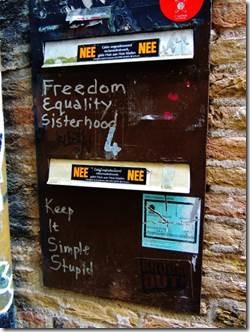
The coat of arms and this nearby wall plaque both make their own statement.
|
|
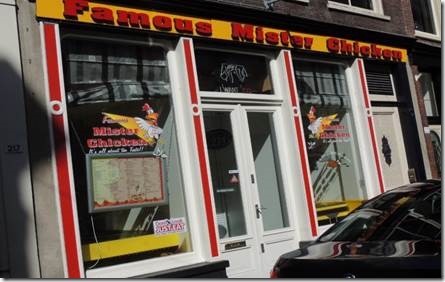
Not everything is old….
|
|
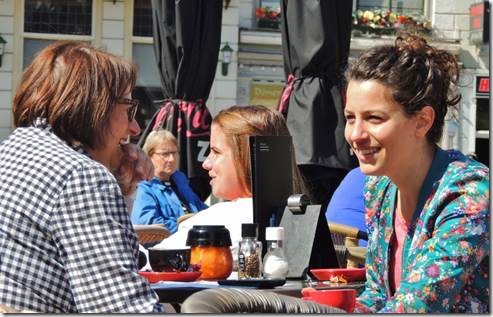
We stopped for about 11 am for coffee along with lots of other folks. Women having fun. Mary and I are going to have to learn to do selfies.
|
|
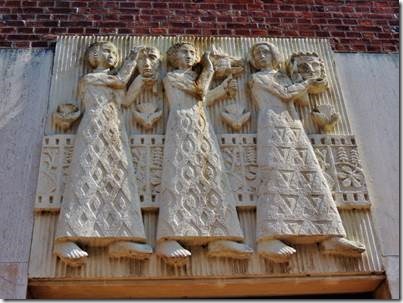
This bas relief was on the front of a modern building, but there was no signage to explain it.
|
|
Now one of my favorite encounters……
I first saw this contraption from the back on our way to the Tourist Office. It was playing music and everyone now and then the gold drum would rat ta tat tat.
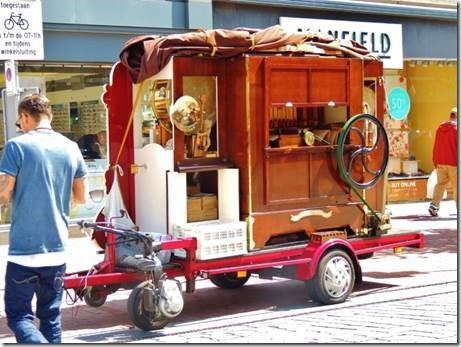
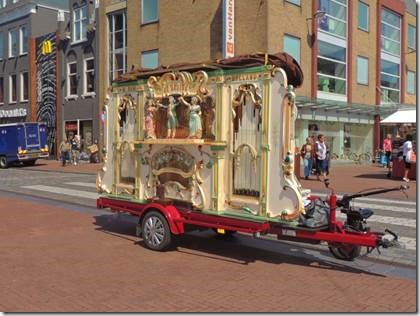
The front looked like a puppet show though they were wood carvings, not puppets. After leaving the Tourist Office we passed it again so I went closer and looked at the back. The entire contraption is pulled by a man on a bicycle who travels around the city with this and his tin cup for contributions. I gave him a Euro when we originally passed by but when I saw what it really was wish I’d given him more.
I know he pulled it by bicycle because when Mary and I were eating lunch at a lovely café on a small side street, he bicycled past us pulling it along. Unfortunately my camera was buried in my backpack so I didn’t get any photos of that.
|
|
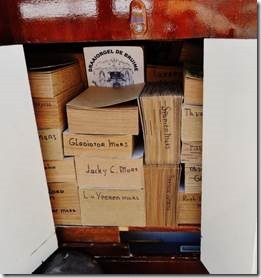 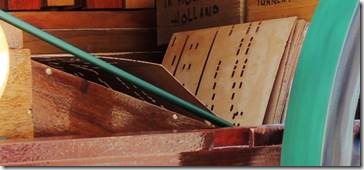
Being a retired reference librarian I first thought these were old phone books used to hold up something but then the machine’s owner came and took one of the books and put it into the machine replacing the one already there. Not old phone books but old player piano music. Way cool!
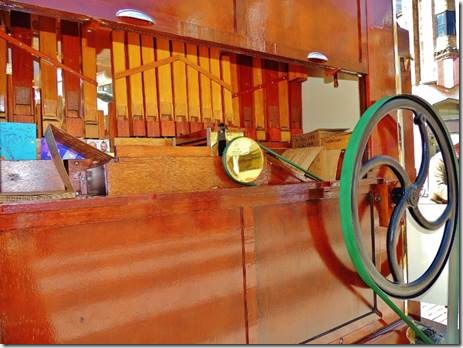
You can see it going in on the left and out on the right moved by the big wheel and cable.
|
|
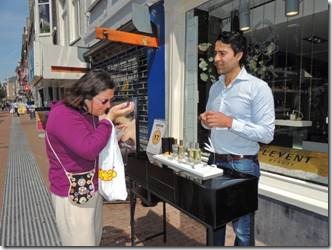
Mary sampling some “way too strong” perfume that we both kept smelling for the rest of the day. I could at least sort of get away from it, but poor Mary couldn’t.
|
|
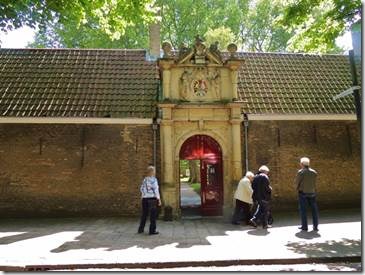 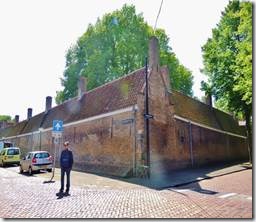
Almshouses
Between Bagijnhof and Vriesestraat are the almshouses of the Regenten- of Lenghenhof. They are built around several central courtyards. These almshouses, which date from 1755 and were built for poor women, were governed by trustees. The oldest are on the side of the Baginjhof. In 1625, Arend Maartenszoon founded the almshouses for poor women that bear his name in the Museumstraat. Cottages surround a courtyard with ancient (350 years old) trees and a water well and are now occupied by both men and women.” VVV Tourist Guide 2014
|
|
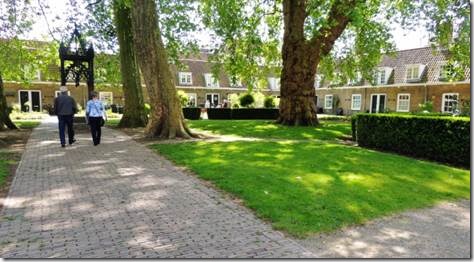
Courtyard, water well, and ancient trees
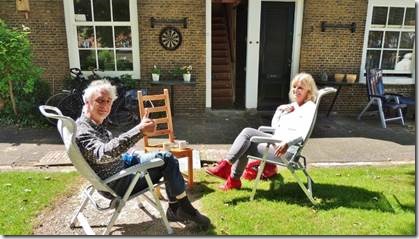
This man is a new resident and feels as if living here, he is on permanent vacation!
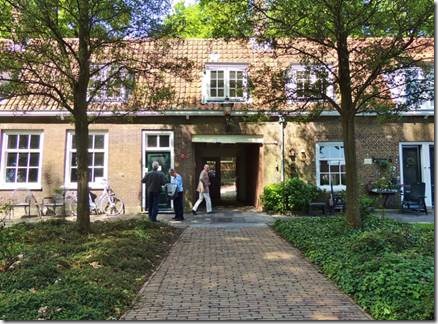
Looking through the entrance back onto the street.
|

